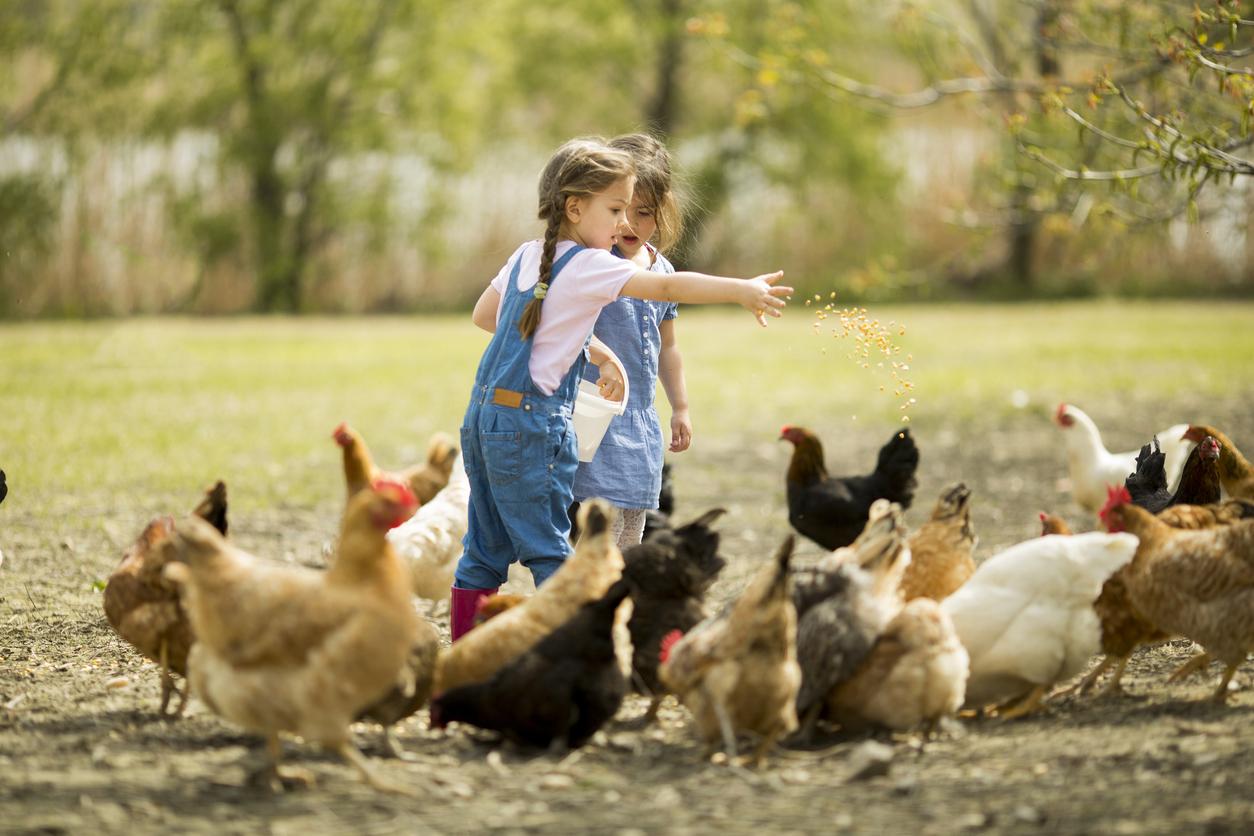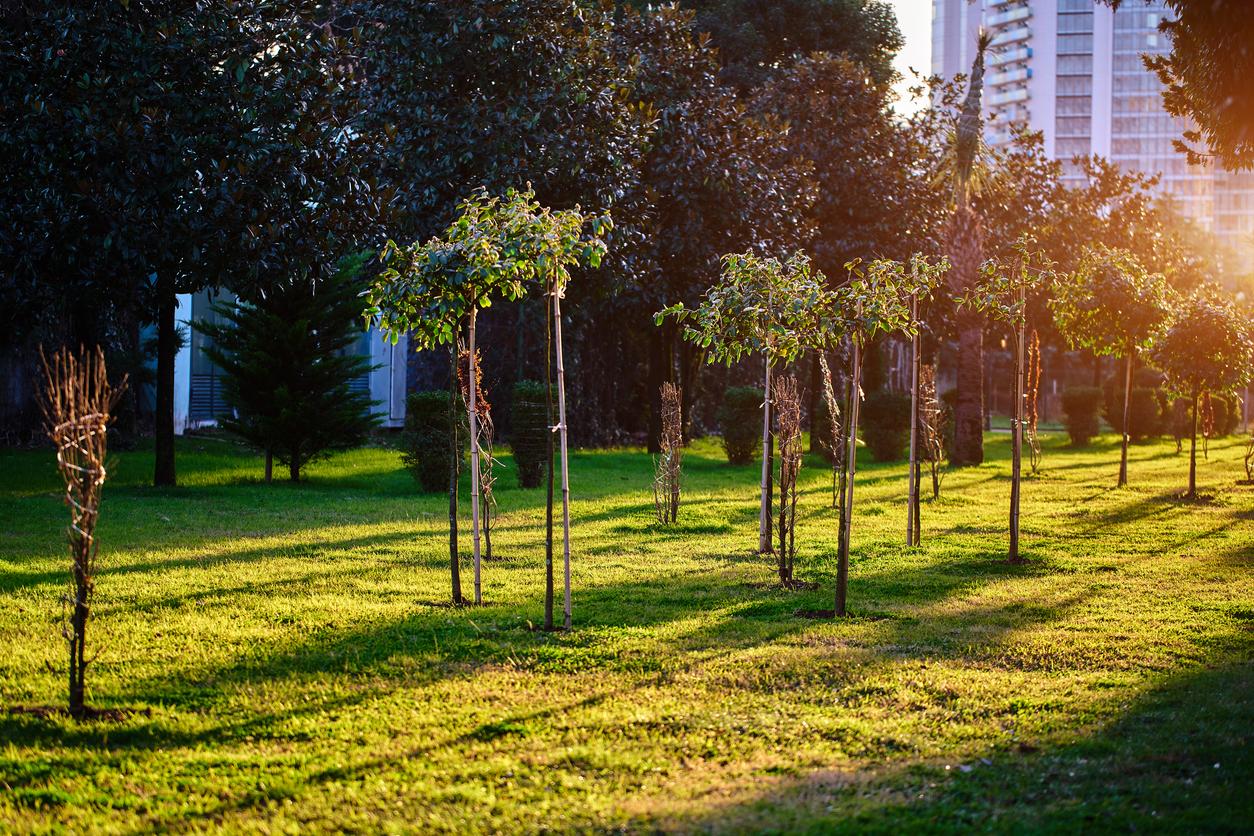In this month of December, Christmas trees appear in homes and can cause allergic reactions in some people.

- In the presence of a Christmas tree, some people experience coughing, wheezing, watery eyes, irritated eyes or asthma attacks.
- This is an allergic reaction to certain elements carried by the tree: mold, fungi, pollen, terpenes or even dust. This has been called Christmas tree syndrome.
- Several good actions can help limit problems and symptoms.
Garland, lights, multi-colored balls… Lhe arrival of the Christmas tree in the house marks the beginning of the holiday spirit for many. But for some of us, it also represents the appearance of sneezing, watery eyes, irritated eyes, wheezing or even a blocked nose. This allergic reaction to the tree is called Christmas tree syndrome.
Christmas tree syndrome: watch out for allergens and mold
Most people who suffer from Christmas tree syndrome are not allergic to the tree itself, but rather to the elements within it.
“Terpenes, the compounds that give Christmas trees their scent, can sometimes cause an allergic reaction if touched or smelled, explains the American hospital establishment UCLA Health on his website. Christmas trees can also be covered in allergens like dust, pollen and – the biggest nuisance of the conifer – mold”.
Indeed, a study published in the journal Annals of Allergy, Asthma and Immunology in 2011 revealed the presence of 53 types of mushrooms on the 28 trees analyzed. Other work showed that the presence of a natural Christmas tree could increase the number of mold spores in the home six-fold.
So, while everyone can suffer from Christmas tree syndrome, people prone to allergies (mold, pollen, etc.) as well as asthmatics are most likely to develop this reaction in the presence of the beautifully decorated conifer. However, there are several things you can do to avoid having the holidays spoiled by asthma attacks, incessant sneezing or itchy eyes.

Christmas tree syndrome: 6 tips to avoid allergic reactions
UCLA has listed some good things natural tree fans should do to avoid suffering from Christmas tree syndrome during the holiday season:
- Clean the tree: before placing the tree in the home, you must eliminate the majority of allergens by shaking it. If possible, it is also advisable to rinse it using a garden hose. However, it must be dried well before putting it inside. The other option proposed by theUCLA : “Blow the debris from the tree using an air compressor.”
- Using an air purifier: the hospital recommends installing an air purifier in the same room to trap allergens.
- Avoid touching the tree: “If your reaction occurs to touching the tree or you tend to develop a rash, have someone else bring the tree over and decorate it. Wear long sleeves and gloves if you need to touch the tree”explains theUCLA.
- Opt for a non-allergenic tree: “Although pine allergies are not common, they do happen. If pine pollen is a trigger for you, consider choosing a fir, spruce or cypress. The cypress of Leyland is considered a sterile hybrid tree because it does not produce pollen”.
- Check out the Christmas decorations: baubles and garlands can also contribute to symptoms, puts guards the establishment. Indeed, decorations, put aside for the rest of the year, can also be covered with dust or mold. It is therefore advisable to unpack them outside and clean them before bringing them inside.
- Consider placing the decorated tree outside: When all else fails, the solution may be to place the decorated tree outside (patio, terrace, balcony)in front of the window so you can enjoy it from inside.
If the artificial tree represents less risk for allergy sufferers than the natural one, “That doesn’t always mean you’re safe. Artificial trees can accumulate dust, mold spores and other allergens in storage”warnsUCLA. The facility recommends taking similar precautions when preparing the tree: outdoor unpacking, dusting, cleaning and drying.
















